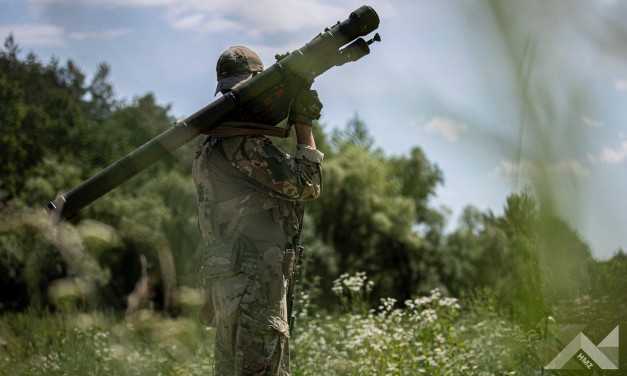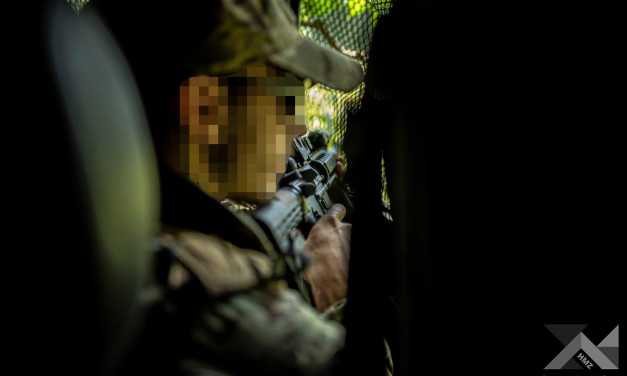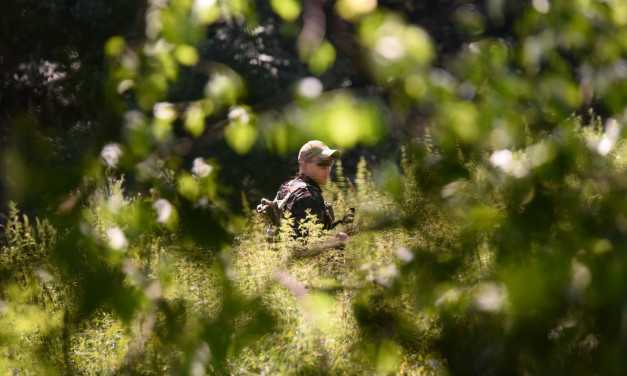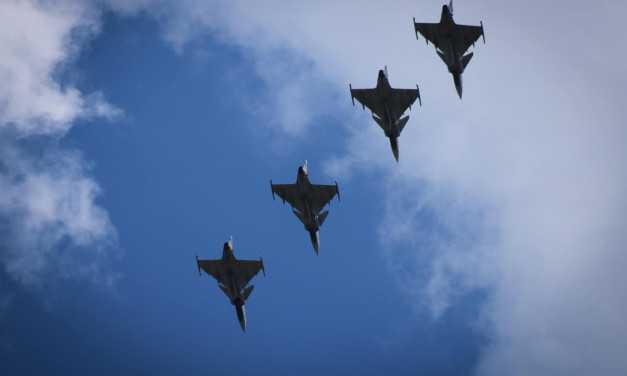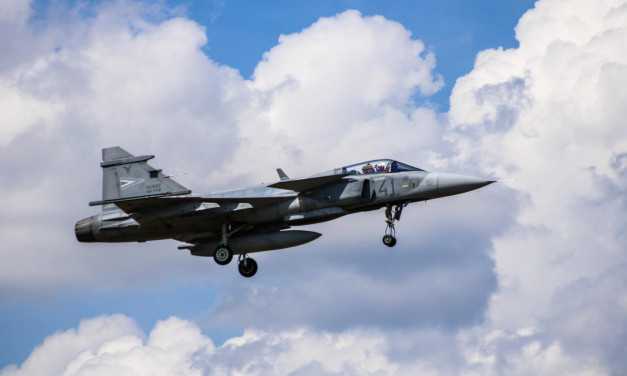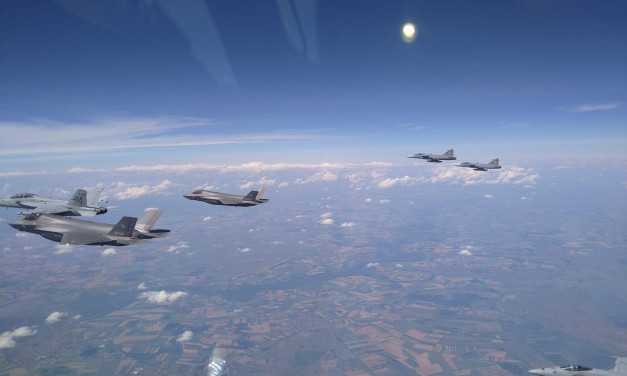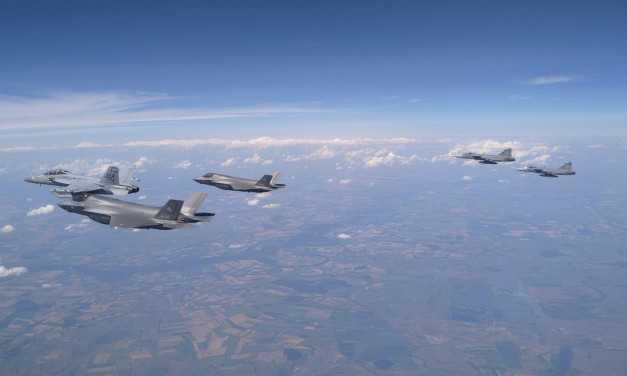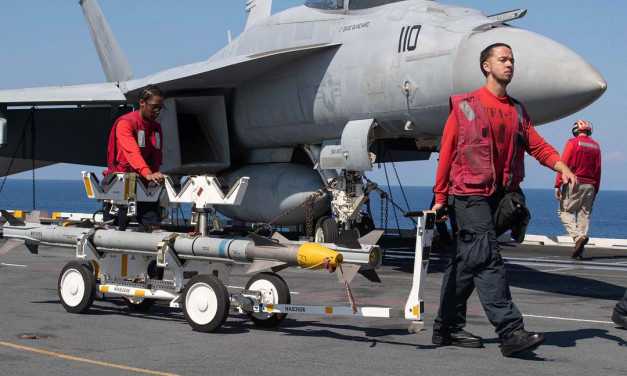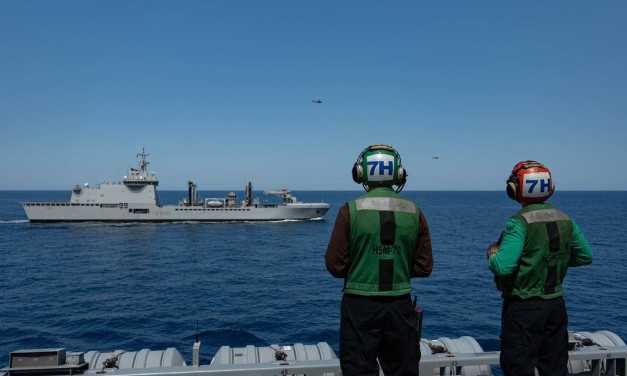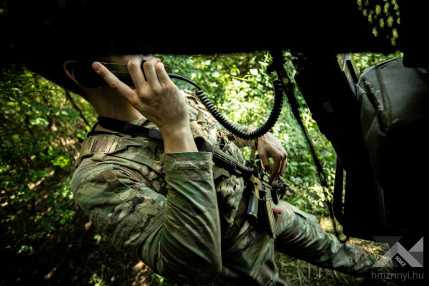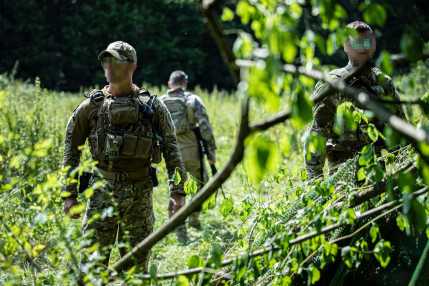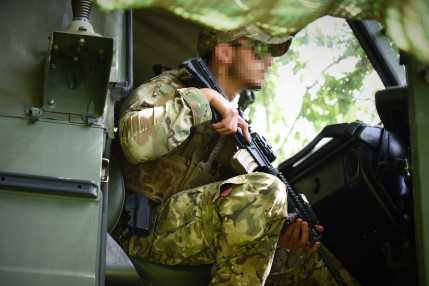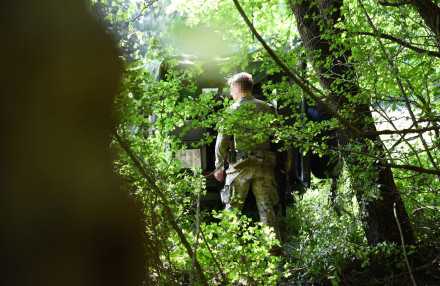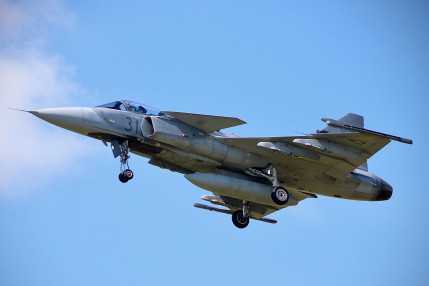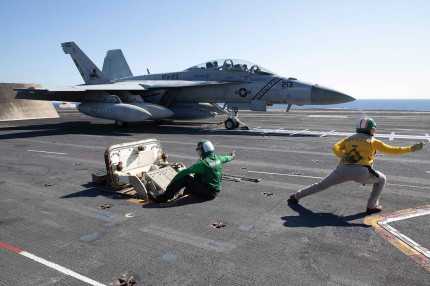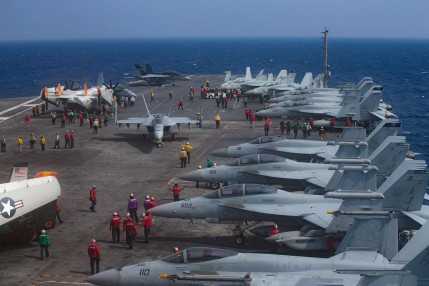Neptune Strike 2023
Text: HDF 86th Helicopter Wing HDF Joint Special Operations Command | Photo: László Kertész, NATO, Lieutenant Gábor Magyar | 11:55 July 17, 2023Drawing significant international attention, the NATO Vigilance Activity Neptune Strike that commenced in February continued on 14 July, with the land supporting element being provided by the HDF 1st Special Operations Brigade.
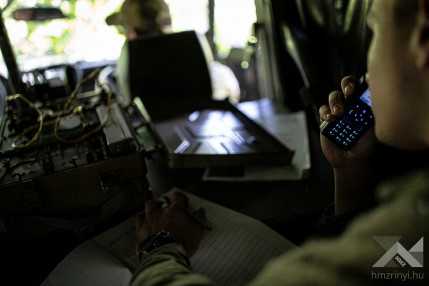
The HDF Joint Special Operations Command was responsible for planning the phases and venues of the Vigilance Activity and also for liaising with the international headquarters. It was closely cooperating all along with the personnel of the organizations involved in the tasks, among them the HDF 101st Aviation Wing and the HDF 86th Helicopter Wing.
By its nature, the activity has become a multinational, joint training event, which provided our troops with an excellent opportunity to sharpen their skills and further broaden their international experiences. The air-to-air refueling of tactical aircraft and the operation itself was being conducted in a segregated airspace in the north-eastern part of Hungary, under the supervision of Intercept Controllers (IC) of the HDF Air Operations Command and Control Centre.
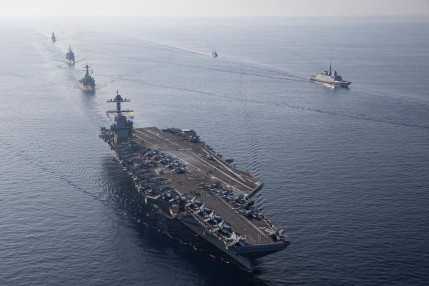
The fixed-wing aircraft of several nations took off from an aircraft carrier deployed in the Mediterranean Sea to carry out their assigned tasks in cooperation with Hungarian troops. The Hungarian Joint Terminal Attack Controllers/Special Operations Terminal Attack Controllers (JTAC/SOTAC) were practicing the tactical procedures of Close Air Support during the execution of complex tasks, in coordination with the Special Operations Forces (SOF) operators conducting the land phase.
In this complex phase, a Special Operations Task Unit (SOTU) augmented with JTAC planned and carried out Direct Action, drawing on the tactical capabilities of available air assets.
